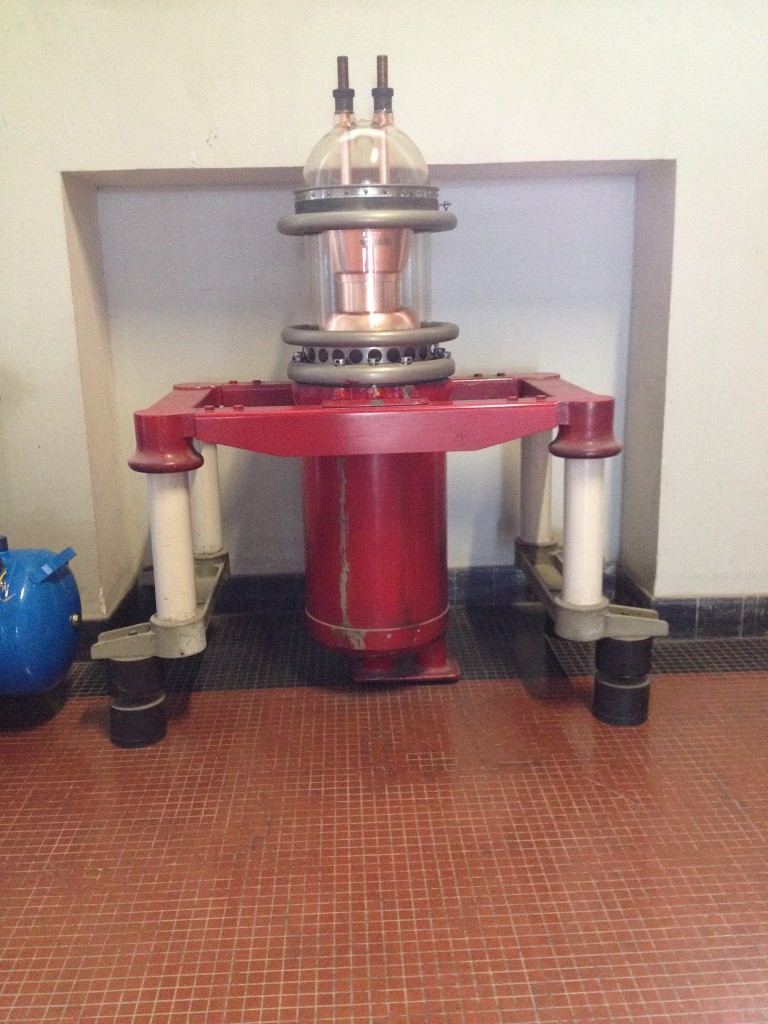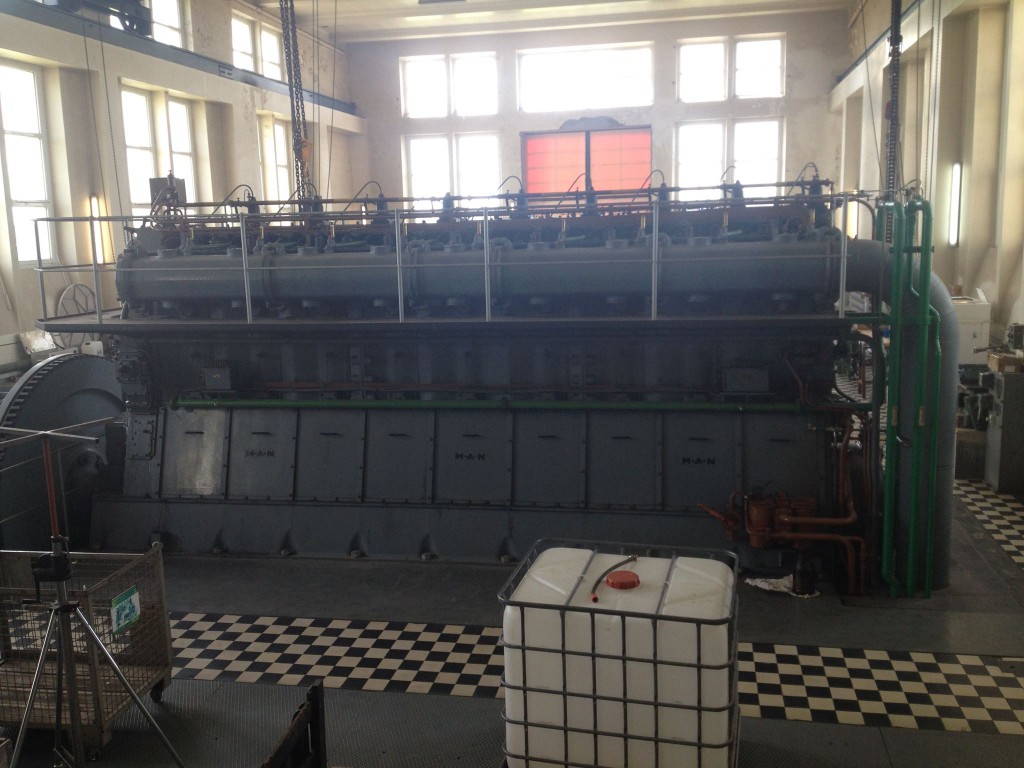Author: Benjamin Zenner

While Sir Walter Raleigh, and more recently, Captain Jack Sparrow have featured frequently on British television screens, pirates of the ether have been met with considerbly less enthusiasm by the BBC. Who were these pirates? They were private radio stations without an international broadcasting license that could be received all over Europe, effectively undermining the state monopoly on broadcasting that the BBC held in Britain.
The biggest thorn in the flesh of the BBC was Radio Luxembourg, which started broadcasting an English-language program in early 1933. For the decades to come, there was constant conflict between the two stations, which even resulted in diplomatic quarrels between the British and Luxembourgish governments . One exceptional instance of cooperation took place in 1938, when Radio Luxembourg broadcast German translations of speeches by a few British politicians towards German territory, with the aim of swaying German public opinion against the Nazi regime.
When the American army left the Junglinster broadcasting station after the end of World War Two, the British saw an opportunity to eliminate the unwanted competition. However, the topic was still contentious: negotiations between the governments failed again and the Compagnie Luxembourgeoise de Radiodiffusion – the company behind Radio Luxembourg – kept its independence. It soon became the Compagnie luxembourgeoise de télédiffusion (CLT) and later Radio Télévision Luxembourg (RTL).
Contents
Sources:


Further Reading:
David Dominguez Muller. Radio-Luxembourg: Histoire d’un média privé d’envergure européenne. PhD diss., University Paris IV, 2001.
Denis Maréchal. RTL, 1933-1993: Un média au coeur de l’Europe. Paris: Editions Serpenoise, 1994.
Robert Chapman. Selling the Sixties: The Pirates and Pop Music Radio. London: Routledge, 1992.
David Dominguez Muller also wrote two interesting articles for the magazine ‘Ons Stad’, published in Luxembourg City. They are available online:
RTL: station périphérique au rôle central
